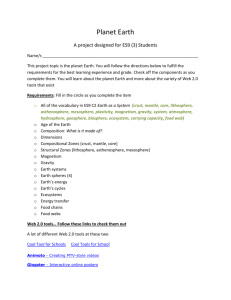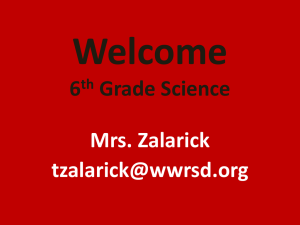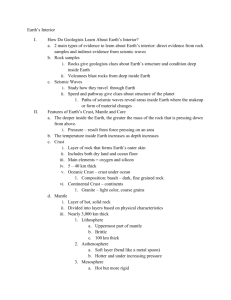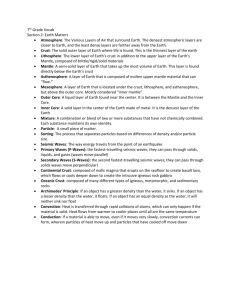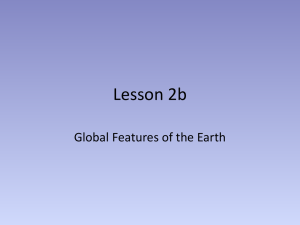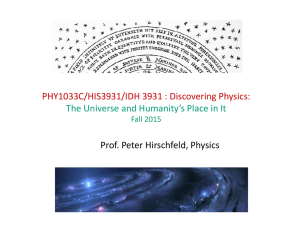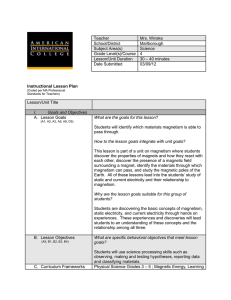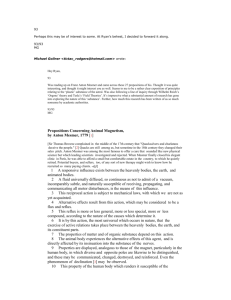Chapter 11
advertisement
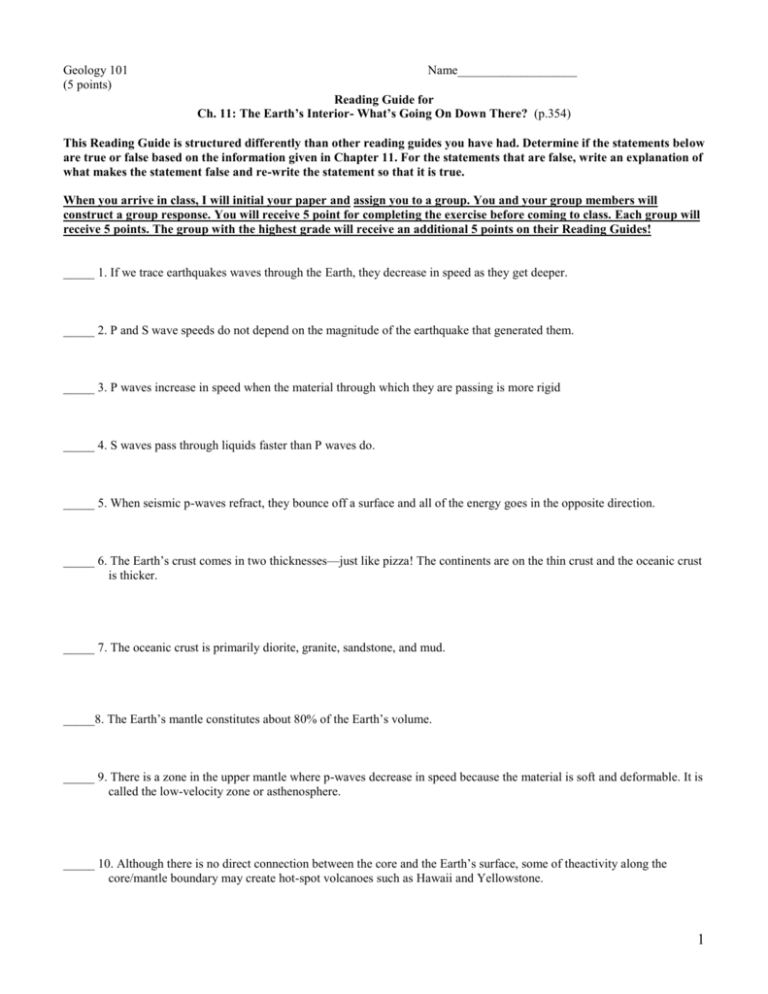
Geology 101 (5 points) Name___________________ Reading Guide for Ch. 11: The Earth’s Interior- What’s Going On Down There? (p.354) This Reading Guide is structured differently than other reading guides you have had. Determine if the statements below are true or false based on the information given in Chapter 11. For the statements that are false, write an explanation of what makes the statement false and re-write the statement so that it is true. When you arrive in class, I will initial your paper and assign you to a group. You and your group members will construct a group response. You will receive 5 point for completing the exercise before coming to class. Each group will receive 5 points. The group with the highest grade will receive an additional 5 points on their Reading Guides! _____ 1. If we trace earthquakes waves through the Earth, they decrease in speed as they get deeper. _____ 2. P and S wave speeds do not depend on the magnitude of the earthquake that generated them. _____ 3. P waves increase in speed when the material through which they are passing is more rigid _____ 4. S waves pass through liquids faster than P waves do. _____ 5. When seismic p-waves refract, they bounce off a surface and all of the energy goes in the opposite direction. _____ 6. The Earth’s crust comes in two thicknesses—just like pizza! The continents are on the thin crust and the oceanic crust is thicker. _____ 7. The oceanic crust is primarily diorite, granite, sandstone, and mud. _____8. The Earth’s mantle constitutes about 80% of the Earth’s volume. _____ 9. There is a zone in the upper mantle where p-waves decrease in speed because the material is soft and deformable. It is called the low-velocity zone or asthenosphere. _____ 10. Although there is no direct connection between the core and the Earth’s surface, some of theactivity along the core/mantle boundary may create hot-spot volcanoes such as Hawaii and Yellowstone. 1 _____11. We know that the outer core is a liquid because S-waves are transmitted through the outer core zone at a faster speed than the p-waves. _____12. The solid inner core is known due to changes in the velocity of p-waves transmitted through that zone. Taking the Earth’s Temperature (p.367) I recommend reading this section because it answers questions that many students have, but I will not ask you details from the information on the methods of determining the temperature. Please read the two short sub-sections on Heat at the Earth’s Surface and Is the Earth Cooling? The Earth’s Gravity (p.370) I recommend reading this section! Many students confuse gravity and magnetism (the next major section). Although there are some similarities, they are very different and their effects are very different! I will not ask you the equations or details on gravity anomalies from this section, but please read this section. _____ 13. Ice is denser than water, so that is the reason the largest part of an iceberg is found below the water surface. _____ 14. Continents are less dense than oceanic crust so they “float” higher on the asthenosphere. Magnetism (p.375) _____ 15. Magnetism and gravity are the same type of forces, caused by the same factors-- we can think of them as being the same. _____ 16. The center of the Earth contains a large solid bar (permanent) magnet. We can tell this because the magnetic field around the Earth behaves the same (on a daily basis) as a smaller bar-type magnet. _____17. Reversals of the Earth’s magnetism are evidence that the magnetism of the Earth must be created by a moving conductor inside the Earth, not a bar magnet. _____ 18. When rocks are above the Curie Point they are magnetic. _____ 19. The magnetic reversal record indicates a regular reversal pattern every 1.5 million years. Figure 11-24 illustrates an important idea-- the magnetic record of the ocean floor vs. the continental record. 2

